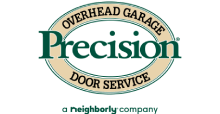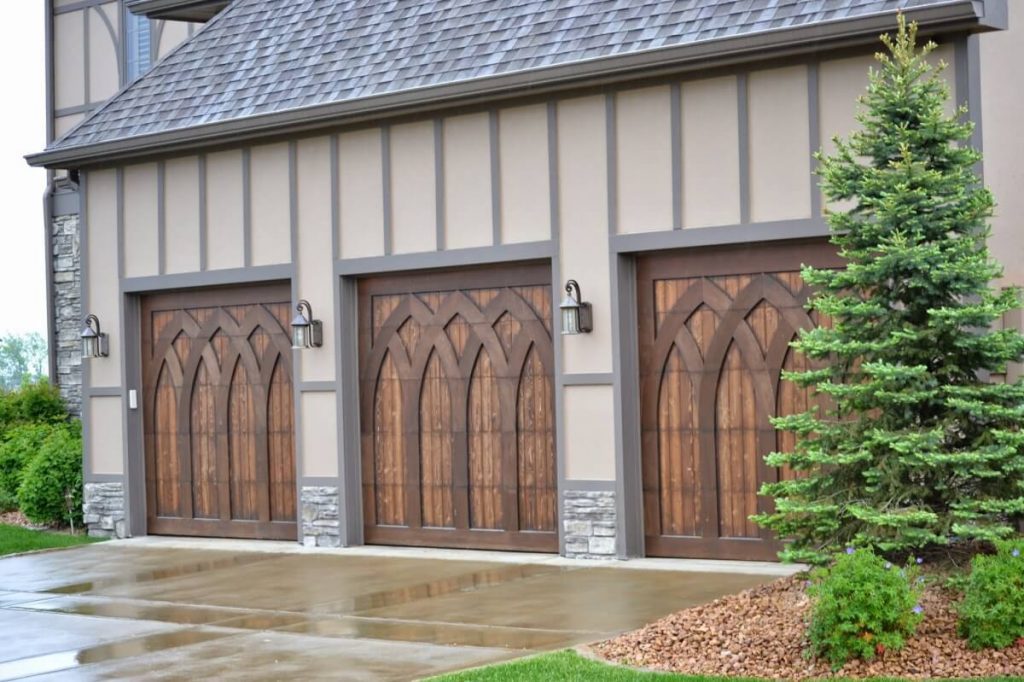[fusion_builder_container hundred_percent=”no” equal_height_columns=”no” menu_anchor=”” hide_on_mobile=”small-visibility,medium-visibility,large-visibility” class=”” id=”” background_color=”” background_image=”” background_position=”center center” background_repeat=”no-repeat” fade=”no” background_parallax=”none” parallax_speed=”0.3″ video_mp4=”” video_webm=”” video_ogv=”” video_url=”” video_aspect_ratio=”16:9″ video_loop=”yes” video_mute=”yes” overlay_color=”” video_preview_image=”” border_size=”” border_color=”” border_style=”solid” padding_top=”” padding_bottom=”” padding_left=”” padding_right=””][fusion_builder_row][fusion_builder_column type=”1_1″ layout=”1_1″ background_position=”left top” background_color=”” border_size=”” border_color=”” border_style=”solid” border_position=”all” spacing=”yes” background_image=”” background_repeat=”no-repeat” padding_top=”” padding_right=”” padding_bottom=”” padding_left=”” margin_top=”0px” margin_bottom=”0px” class=”” id=”” animation_type=”” animation_speed=”0.3″ animation_direction=”left” hide_on_mobile=”small-visibility,medium-visibility,large-visibility” center_content=”no” last=”no” min_height=”” hover_type=”none” link=””][fusion_code]PHNjcmlwdCB0eXBlPSJhcHBsaWNhdGlvbi9sZCtqc29uIj4KewogICJAY29udGV4dCI6ICJodHRwOi8vc2NoZW1hLm9yZyIsCiAgIkB0eXBlIjogIkJsb2dQb3N0aW5nIiwKICAibWFpbkVudGl0eU9mUGFnZSI6IHsKICAgICJAdHlwZSI6ICJXZWJQYWdlIiwKICAgICJAaWQiOiAiaHR0cHM6Ly93d3cuZ2FyYWdlZG9vci1sdi5jb20vZ2FyYWdlLWRvb3ItbWFpbnRlbmFuY2UtY2hlY2tsaXN0LyIgIH0sCiAgImhlYWRsaW5lIjogIkdhcmFnZSBEb29yIE1haW50ZW5hbmNlIENoZWNrbGlzdCIsCiAgImltYWdlIjogWyJodHRwczovL3d3dy5nYXJhZ2Vkb29yLWx2LmNvbS93cC1jb250ZW50L3VwbG9hZHMvMjAyMC8wNy9XaGl0ZS1HYXJhZ2UtRG9vcnMtb2YtYS1Qcml2YXRlLUhvdXNlLWFuZC1OZWFyYnktTGlsYWMtQnVzaGVzLmpwZyIgIF0sCiAgImRhdGVQdWJsaXNoZWQiOiAiMjAyMC0wNy0yNCIsCiAgImRhdGVNb2RpZmllZCI6ICIyMDIwLTA3LTI0IiwKICAiYXV0aG9yIjogewogICAgIkB0eXBlIjogIk9yZ2FuaXphdGlvbiIsCiAgICAibmFtZSI6ICJQcmVjaXNpb24gRG9vciBTZXJ2aWNlIG9mIExhcyBWZWdhcyIKICB9LAogICAicHVibGlzaGVyIjogewogICAgIkB0eXBlIjogIk9yZ2FuaXphdGlvbiIsCiAgICAibmFtZSI6ICJQcmVjaXNpb24gRG9vciBTZXJ2aWNlIG9mIExhcyBWZWdhcyIsCiAgICAibG9nbyI6IHsKICAgICAgIkB0eXBlIjogIkltYWdlT2JqZWN0IiwKICAgICAgInVybCI6ICIgaHR0cHM6Ly93d3cuZ2FyYWdlZG9vci1sdi5jb20vbG9nby0xNTAiCiAgICB9CiAgfSwKICAiZGVzY3JpcHRpb24iOiAiVXNlIG91ciBnYXJhZ2UgZG9vciBtYWludGVuYW5jZSBjaGVja2xpc3QgdG8gZGV0ZXJtaW5lIGlmIHlvdXIgZ2FyYWdlIGRvb3Igc3lzdGVtIGlzIGZ1bmN0aW9uaW5nIG5vcm1hbGx5LCBvciBpZiB5b3UgbmVlZCBwcm9mZXNzaW9uYWwgZ2FyYWdlIGRvb3IgcmVwYWlycy4iCn0KPC9zY3JpcHQ+[/fusion_code][fusion_text]

All garage doors and their associated parts, no matter how high in quality, experience wear and tear. You won’t notice signs of impending trouble if you don’t look. But preventative maintenance can save you from not only inconvenient situations, but also from serious danger. This checklist includes parts and components to inspect to determine if your garage door system is functioning normally, or you need professional garage door maintenance or repairs.
The Garage Door
Cleaning the garage door takes just a few minutes, but is an often overlooked task. Dirt and debris can eventually damage the surface finish. The process also gives you the opportunity to check for dents, rust, and other signs of deterioration that should be addressed. Check the weather stripping as well to make sure it’s keeping moisture out and conditioned air in.
Springs
Springs are under high tension and are extremely dangerous when they break. If a spring looks worn, rusted, or broken, do not attempt to repair it yourself. Call a garage door professional. The only maintenance you should do yourself is an occasional lubrication.
Rollers & Tracks
A corroded, chipped, or damaged roller will make your garage door uneven and wobbly, which can increase wear. Rollers should be lubricated about every six months to reduce friction. Clean the door track often; there should be no debris in the way. If the track appears cracked, bent, or otherwise defective, contact a professional for service right away.
Balance
By performing a balance test, you can reveal hidden issues with garage door components. When the garage door is closed, disconnect it from the opener by pulling the red release cord. Then lift it by hand; the door should move smoothly and shouldn’t rise or drop to the ground when you let it go. If it does, there may be a hardware defect that can jeopardize the entire mechanism.
Hinges, Bolts, Cables & Hardware
The smaller parts of your garage door system are extremely important. A worn cable can snap and cause significant damage. Hinges, bolts, brackets, and other parts should be clean and tight. If anything is loose, it can increase vibration, possibly making your garage door unstable and, at the very least, increase the level of wear.
Without maintenance, hinges may become unscrewed or a bolt can break off (which is rare). Cables can lose their tension over time. The effects may be subtle, but an occasional adjustment by a professional can ensure your cables are safe.
Reverse Safety Features
A safety sensor reverses the garage door if an object is detected or touched by the door. This functionality is effective at preventing injuries. However, your garage door’s safety features can develop problems as well.
To test your garage door sensor, place a box or other object in front of it and close the garage door. The door should stop and return to its open position if the sensors are working normally. If the door continues to close, check that the sensors are aligned or dirty. Call a technician for issues that you can’t fix yourself (and if your older garage door opener doesn’t have a safety sensor, consider upgrading or having a modern replacement installed).
Contact Precision Door Las Vegas
These tips should help you be more aware of your garage door’s health. If you suspect anything unusual, contact Precision Door Service of Las Vegas for a professional inspection, routine service, and repairs. We are open to assist you with garage maintenance, repairs, and installation during the coronavirus pandemic and following social distancing and other safety guidelines. An essential business, we’re here to help every local homeowner get the most out of their garage. Call 702-637-2700 today to request service; live operators are available 24/7.
[/fusion_text][/fusion_builder_column][/fusion_builder_row][/fusion_builder_container]





